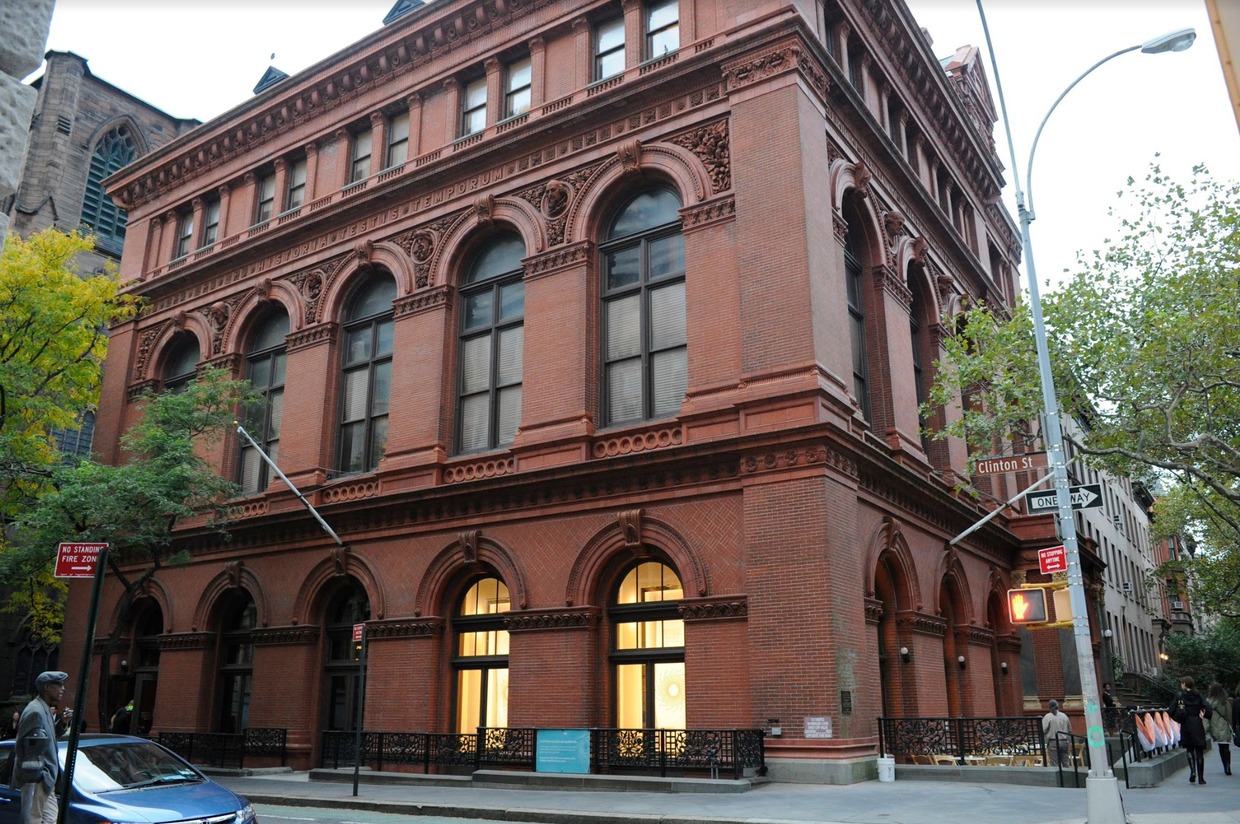The first ship carrying slaves landed in Virginia about 400 years ago. Today, more than a century after slavery was abolished, inequality still overshadows the lives of many people of color. Beginning October 2, the Brooklyn Historical Society’s (BHS) month-long lecture series “400 Years of Inequality: Slavery, Race, and Our Unresolved History” will delve into the history of inequality and what we can do moving forward.
“There is this unhealed wound in our history that impacts our present-day society deeply in every way,” said Marcia Ely, Brooklyn Historical Society’s executive vice president.
Through the series of lectures, panels, workshops screenings and performances, BHS wants to acknowledge the United States’ unresolved legacy of slavery and its long-lasting effects. By focusing on different facets of society through a race-oriented lens, the series will cover topics ranging from racism in the criminal justice system to race-based healthcare inequalities to redlining.
As an organization dedicated to preserving Brooklyn’s history, it is no surprise that the series and events will try to explain today’s racial problems by re-examining the past.
“History is not static, it’s always changing — told and retold over and over again,” Ely said. “The narratives that are told represent certain points of view. A story of the past is never really done — there’s always new perspectives. We want to bring new narratives to light. Why is this important? Because we have to learn from our past and you can only learn as much as you know. If you only see history through the eyes of white power brokers, you don’t understand the whole picture.”
One workshop that quite literally shows remnants from the pre-Thirteenth Amendment era on our present streets, is called “Mapping Freedom and Slavery.” In this session, participants will look at Brooklyn’s 1790 census and other primary source documents to find the stories behind the names we see on Brooklyn streets on a daily basis (like Wyckoff Avenue).
“This lesson demonstrates that the foundational role enslaved people played in America’s creation has left marks on our nation that are both obvious and not-so-obvious, and asks participants to consider what effect this has on our everyday life,” said Alex Tronolone, manager of teaching and learning at BHS and the workshop’s host.

Another session, “Sowing Resolution,” will include a panel discussion examines what reparations might look like for American descendants of slavery by focusing on one event in particular. In 1838, Georgetown University sold 272 enslaved people for its own financial gain. One descendant, panelist Mélisande Short-Colomb, is now a history student at Georgetown focusing on reparations. Her grandma was only the second generation in her family to live as a free woman, so Short-Colomb grew up listening to her family’s stories of slavery and the topic became very personal.
“Reparations come in many forms,” Short-Colomb said. “Repair and recovery need to become part of our society and psyche as a people. Now, I walk outside of the gates of the university, and I am faced with white supremacy, and notions of racism and sexism. We can’t be repaired in a society where everything else continues to be acceptable.”
Short-Colomb hopes that young people will continue conversations with institutions that have benefited from racism, capitalism and the patriarchy.
“I stand on the shoulders of a hopeful people,” said Short-Colomb. “I don’t think there are any people more capable, knowledgeable and prepared to tackle these things than today’s young people. So of course, I have hope.”
The series will also feature a play for families about Brooklyn abolitionists, a discussion on controversial confederate monuments, and a screening and discussion of PBS documentary, “Traces of the Trade: A story from the Deep North.”
Besides learning a thing or two about Brooklyn’s history with slavery and racism, BHS’ Ely hopes people leave the events changed in some way. She wants participants to feel aware of the color of their skin — regardless of what that color is — and its place in society.
Cover photo and Article Images Courtesy of BHS
For more news, sign up for Bushwick Daily’s newsletter.



